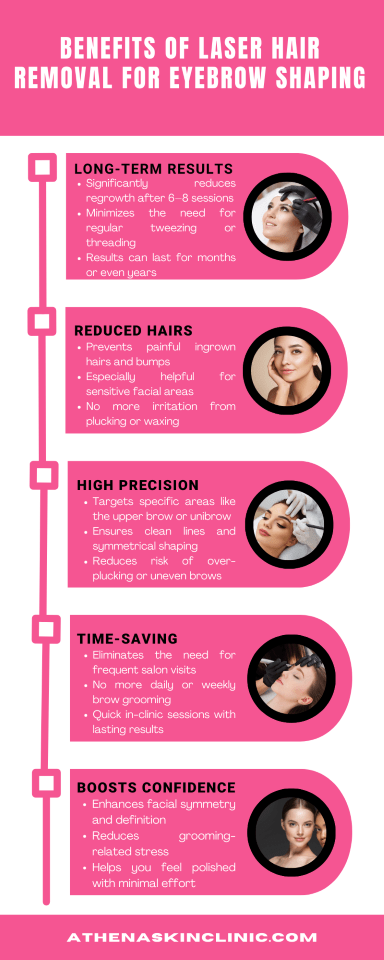Eyebrow shaping has long been a beauty essential, with people opting for waxing, threading, plucking, and more recently, laser hair removal to achieve a clean, sculpted look.
But while laser hair removal is widely used for areas like the legs, underarms, and bikini line, is it really suitable for the delicate brow area?
This article explores everything you need to know about eyebrow shaping with laser hair removal — how it works, safety concerns, pros and cons, ideal candidates, and whether it’s truly worth the investment.
Can Laser Hair Removal Be Used for Eyebrows?
Yes — but with limitations.
Laser hair removal can be used to shape and reduce hair around the brow area, particularly the area between the brows (the glabella) and above the brows. However, using a laser directly under the brows or too close to the eyes is generally not recommended due to the proximity to the eye socket and risk of damage to the eye’s retina.
Book Your Skin Consultation with Dr. Harmandeep Sidhu
Trusted dermatologist in Chandigarh. Get expert care in skin, hair and lasers at Athena Skin Clinic.

Safe zones for eyebrow laser hair removal:
- Unibrow area (glabella)
- Above the brows
- Sides of the brows or temples
Risky zones:
- Directly under the brow arch
- Very close to the eyelid
Most certified dermatology clinics will not perform laser treatments directly below the brows unless strict protective measures are in place.
How Does Laser Hair Removal for Eyebrows Work?
Laser hair removal uses light energy to target and destroy the pigment in the hair follicles. This damages the follicle and inhibits future hair growth.
For eyebrow shaping, a smaller laser tip and precise technique are used to ensure accuracy and avoid damaging surrounding skin.
Because the hair around the brows tends to be coarse and dark, laser treatment can be quite effective in reducing growth and maintaining shape — especially for the glabella (unibrow) area.
Benefits of Laser Hair Removal for Eyebrow Shaping
1. Long-Term Results
Once a series of sessions is completed (typically 6–8), hair growth becomes significantly reduced, making frequent tweezing or threading unnecessary.
2. Reduced Ingrown Hairs
Laser hair removal helps prevent ingrown hairs, a common side effect of waxing or plucking, especially in sensitive facial areas.
3. Precision
With experienced hands, lasers can be very precise when treating the upper brow or unibrow, allowing for clean, symmetrical results.
4. Time-Saving
Once you’ve completed your sessions, maintenance is minimal — no more biweekly trips for threading or plucking at home.
Limitations and Risks
While laser hair removal for eyebrows has its perks, it’s not suitable for everyone or every situation.
1. Proximity to the Eyes
Lasers near the eye area pose a real risk of eye injury, including retinal damage. This is why protective eye shields must always be used, and why most clinics avoid treating directly under the brow.
2. Not Suitable for Fine or Light-Colored Hair
Laser hair removal works best on dark, coarse hair. If you have light, red, or gray brow hair, results may be minimal or ineffective.
3. Expensive Compared to Traditional Methods
Though cost-effective in the long run, upfront costs for laser sessions can be high compared to waxing or threading.
4. Limited Shaping Ability
Laser hair removal is not a sculpting tool like tweezers. It’s best for reducing overall density or removing stray hairs rather than detailed shaping.
Ideal Candidates for Eyebrow Laser Hair Removal
- People with dark, coarse brow hair
- Those tired of constant tweezing or waxing
- Individuals with recurring ingrown hairs or irritation from traditional methods
- Patients seeking long-term hair reduction, not precise shaping under the brow
What to Expect During the Procedure
- Preparation: Avoid tweezing or waxing for 4–6 weeks before your appointment. Only shave the area if recommended.
- Protective eyewear: Both you and the technician will wear specialized goggles during the treatment.
- Quick sessions: Treating the brow area usually takes less than 10 minutes.
- Mild discomfort: Expect a snapping or stinging sensation, often compared to a rubber band against the skin.
- Post-treatment care: Redness or minor swelling may appear for a few hours. Avoid sun exposure, makeup, or harsh products for 24–48 hours.
How Many Sessions Are Needed?
Most patients need 6–8 sessions spaced 4–6 weeks apart to achieve optimal hair reduction. Maintenance sessions may be needed once or twice a year.
Laser Hair Removal vs. Traditional Eyebrow Shaping
| Method | Pain Level | Maintenance Frequency | Longevity | Precision | Cost Over Time |
| Plucking | Mild | Every few days | Temporary | High | Low |
| Waxing/Threading | Moderate | Every 2–4 weeks | Temporary | High | Moderate |
| Laser Hair Removal | Mild-Moderate | After 6–8 sessions, yearly maintenance | Long-term | Moderate (not for sculpting) | High upfront, lower long-term |
Is It Worth It?
Laser hair removal for the eyebrow can be worth it, but only if your goals are:
- Reducing overall brow hair
- Eliminating a unibrow
- Minimizing frequent grooming routines
If you’re seeking precise sculpting under the arch, traditional methods like threading or tweezing still offer better control.
That said, for people frustrated with rapid regrowth or skin irritation from waxing and plucking, laser removal of brow hair (above and between the brows) can be a game-changer.
Final Thoughts
Eyebrow shaping with laser hair removal offers a long-lasting, low-maintenance alternative to traditional grooming methods — but it’s not for everyone. Safety, precision, and hair type should all be considered before undergoing treatment.
Always consult a board-certified dermatologist or licensed technician to ensure your procedure is done safely and effectively.
If you’re tired of plucking the same stray hairs every week or battling unibrow regrowth, laser hair removal might be the sleek, modern solution you’ve been looking for.

